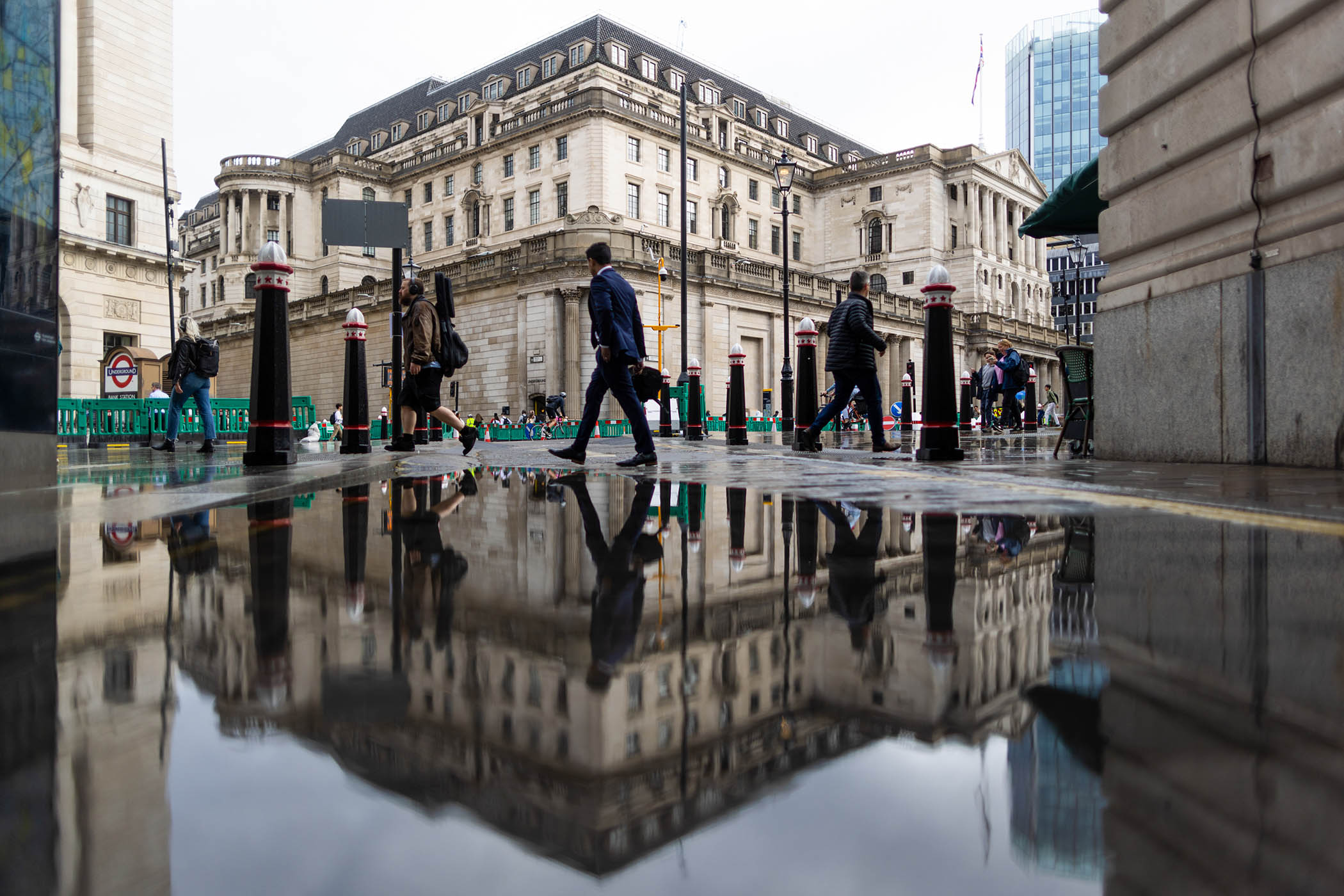Until last week, the price the UK government pays for investors to hold its debt had been gliding gradually downwards, falling to an 11-month low on Tuesday. Then came the news that Rachel Reeves would ditch a planned income tax rise.
Within a day, roughly half of the decline since early October was undone. The interest rate or yield on 10-year gilts rose 0.14 percentage points, as market confidence in Reeves’s budget faltered. The chancellor’s U-turn was painfully etched onto trading terminals across the City.
Regardless of whether the ultimate cause of the volte-face was politics or a more favourable debt forecast from the Office for Budget Responsibility (OBR), it’s clear that UK market volatility is back again. The FTSE fell 1.6% on Friday as fears over the fiscal hole interacted with a bearish week for tech stocks on Wall Street.
“If the cause is political, it may strengthen perceptions that the government lacks the appetite to take tough fiscal decisions,” said Andrew Goodwin, chief economist at Oxford Economics. “If it reflects favourable OBR forecast revisions, there’s a risk markets question the credibility of those projections.”
The turmoil in markets will galvanise those who claim the UK is headed for a debt crisis. “It now looks as though we are going to adopt ‘a conveyor belt of taxes’,” said Jagjit Chadha, former director of NIESR. “With no decisive solution the fiscal crisis will, I am afraid, fester.”
Jonathan Brown, a former chief operating officer of Reform who recently set up a new rightwing thinktank, recently claimed to have spoken to “people in the City and they were all saying to us there was a serious risk of default.”
Some are more sanguine. “Bond markets always provide a constraint, and that can be a useful thing, akin to an alarm, telling you something is up. The problem is that the alarm is constantly going off,” said Richard Davies at LSE.
Photograph by Chris Ratcliffe/Bloomberg via Getty Images

